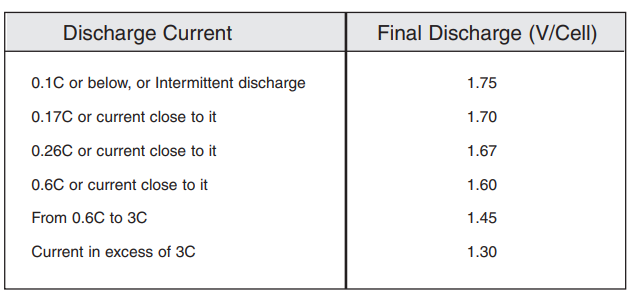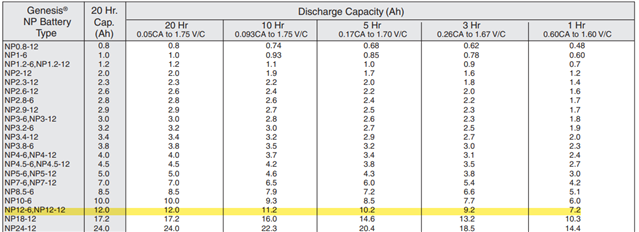I am monitoring the charge and discharge cycles of a lead acid battery using the bq34110 EVM board. I have attached the discharge characteristic curve of the battery used below. My battery is 12V,12Ah



Now as per this curve when I discharge at 7.2A (0.6CA), the battery should drain to 9.6V in 60 mins, So after the first charge and discharge the FCC is being updated to 7.2Ah, @ 7.2 A current which is fine, but when I do the next discharge at 3A (0.26CA), it gives out a incorrect time to empty as it considers the FCC to be 7.2Ah while the actual FCC will be around 9.2Ah. Thus from what I understand we would have to update the Voltage DOD levels and EVD thresholds every time we use a different discharge rate.
My current application has a dynamic load so the discharge current can be anywhere from 1A to 10A. So is there a feature in the bq34110 IC that allows it to consider the change in discharge current and adjust the parameters like Remaining capacity, time to empty , full charge capacity etc.
Currently I have configured the data memory corresponding to 7.2A discharge current. I have attached the gg file below for your reference

